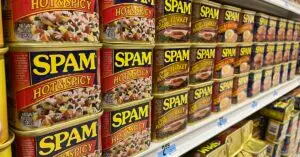
CHamoru/Chamorro’s Love of Spam
SPAM® in Guam history and culture. SPAM®, the famous pink loaf in a blue square can found in kitchens around the world, has a particular

SPAM® in Guam history and culture. SPAM®, the famous pink loaf in a blue square can found in kitchens around the world, has a particular
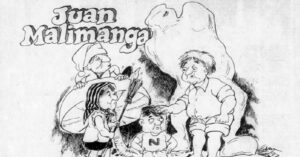
“Juan Malimanga” is the first comic strip in local print news that is written completely in the CHamoru language. The comic strip, originally written by
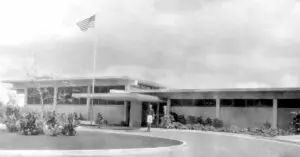
If you have ever visited the Governor’s Office complex in Adelup, or attended Mass in the old Santa Teresita Church in Mangilao, or were a
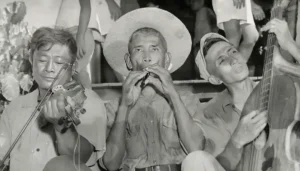
Ditty urged the Americans to return. I used to listen lo my auntie’s stories about the invasion, occupation, liberation and other things concerning the Japanese
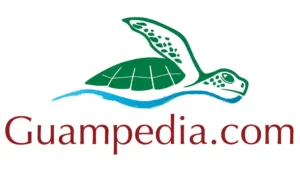
Our food choices. As with most communities, the necessity for food is interwoven with cultural and social needs. For the people of the Mariana Island,
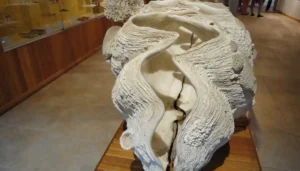
Basic biology. The giant clam is a member of the Phylum Mollusca and the Class Bivalvia. These clams have two shells (called “valves”) that are
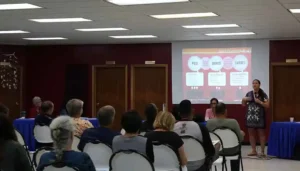
Jump Start Your Art: Marketing, Resources, and Guides. The Guam Council on the Arts and Humanities Agency (CAHA) hosted Jump Start Your Art: Marketing, Resources
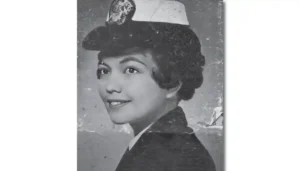
First CHamoru Woman US Naval Officer. Genevieve Perez Ploke Snow (1941 -2011) was born in Hågat, Guam on 15 March 1941. As an infant and
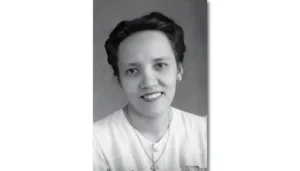
First Woman to Establish a Music and Arts School on Guam. Carmen “Meling” Romualdez Dela Cruz (1910-1995), a life long musician, is the first woman
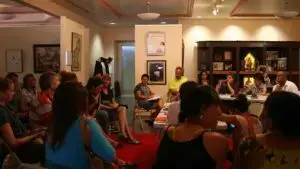
In 2016, Guam hosted the Festival of the Pacific Arts (FestPac), a region-wide festival celebrating the various arts and cultures of the Pacific. As the